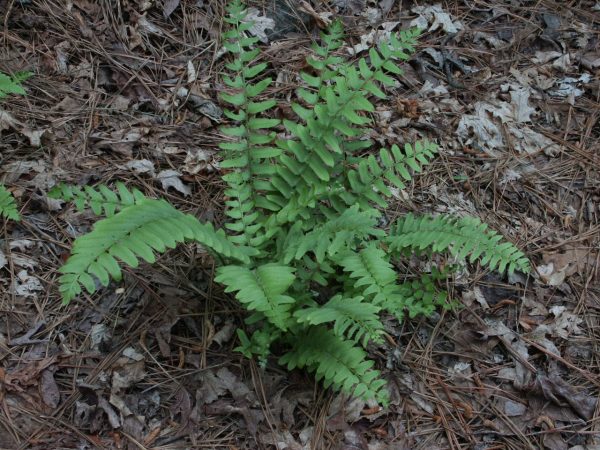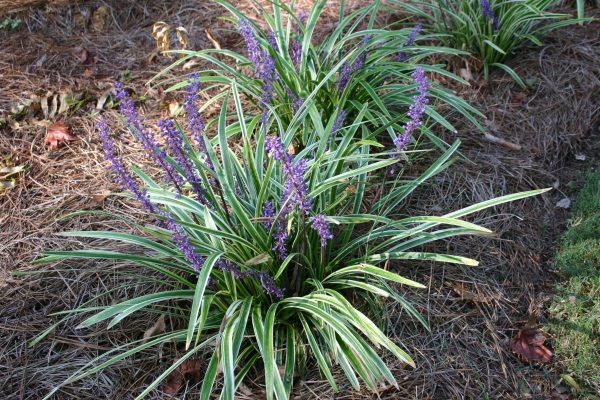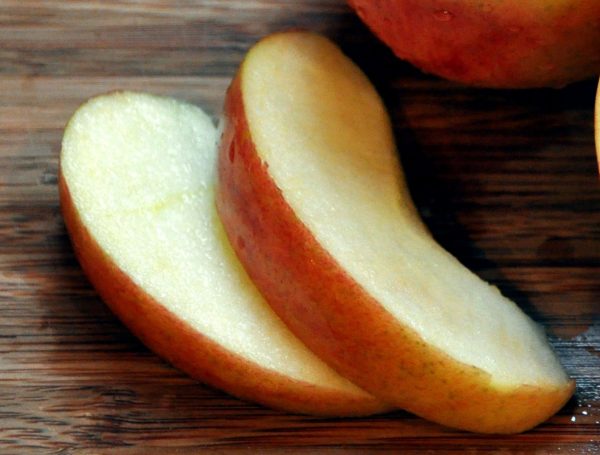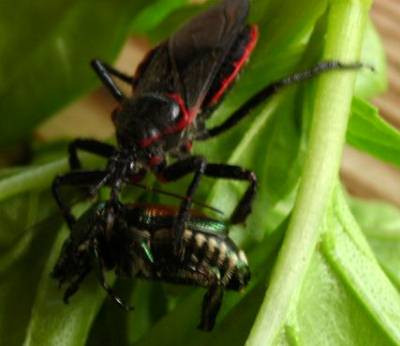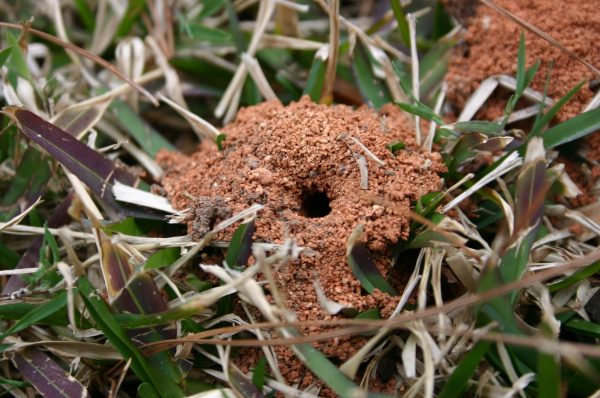Banana – An Enthusiast’s Notes on Care
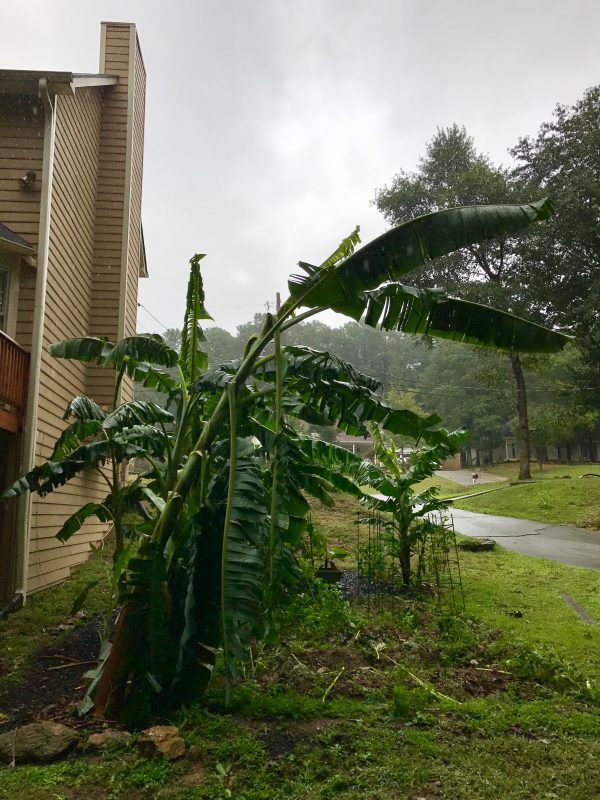
Some people are into plants…but a select few are REALLY INTO PLANTS!
In this case, it’s bananas. Nick C. grows all sorts of bananas in Gwinnett County, northwest of Atlanta. I want to share with you his enthusiasm and growing tips:
See also A Banana Enthusiast’s Notes on Banana Feeding
“I’m a banana plant fanatic! I grow tall Orinocos, tall Namwah, Manzano, Veinte Cohol, Goldfinger, and Basjoo. The Basjoo can stay in the ground over winter. If the pseudostems are robust enough, they will not freeze to the ground. It usually takes 2-3 years until the pseudostems are strong enough to winthstand winter. Once they can withstand the winter, they will usually flower the next summer. This is a non-edible ornamental banana.
I have pictures of a little bit of what I had going on this year and the pictures don’t do them justice. The picture of one of my banana patches under the blue sky was toward the end of August right before hurricane Irma hit us. I attached a pic of the Irma aftermath too. They are all so much taller and more robust now but Irma shredded a lot of leaves and they don’t look as majestic as they did before Irma. They bounce back real quick though! They look so small in the pics but I can promise they’re giant! I attached a pic of a Folgers coffee container (the big kind) next to one of the pseudostem bases for scale of the larger cultivars I grow.
The flower and young bunch pics are the infamous Veinte Cohol. Hopefully the warm weather continues so they fill to the max before first frost. I’ve removed quite a few large and small pups of this cultivar this season and they’re rooting now in 5 gallon pots 🙂
The picture of my basement lighting setup is how I over winter the pups I pot up for next season. I use 6500K CFL lights in a brooding fixture hanging from a $1 Walmart clamp and a lightweight plastic chain so I can adjust them as the bananas grow – it’s super lightweight! This is the most versatile and inexpensive setup I could come up with. Very inexpensive to run them too. If they’re in this type of setup, over-watering is the biggest enemy. Over-watering can easily cause rot and it’s easy to over-water them. I check the moisture of the top 3 or so inches of the soil and the soil around the drainage holes of the pot before I water again. I usually water about once a week until it gets cold, then it depends. Gotta check the soil moisture – that’s the ticket. They look like they were in a greenhouse all winter when they come out of my basement in spring. So easy and fun!
Regarding the tall banana cultivars in my basement/garage dry-storage: some of the pseudostems are over 30 inches around and can weigh anywhere from 100-500 LBS!
I cut all the leaves off the pseudostems, leaving the top 1-3 leaves, depending on how close it is to flower. If the leaves are stacking tighter (getting close to a pre-flag leaf) then I’ll try to leave 2-3. If it’s not close to flowering then I leave 1 leaf. The more leaves when the banana plant flowers, the larger the bunch will be. You actually can cut them all off but I want them to be pushed hard as soon as I put them in the ground and leaving a few makes sense. Plus, more leaves when storing, the more my wife gives me grief when she goes into the basement/garage LOL.
Ok, now the food. Bananas need lot to eat…A LOT! I always use composted cow manure and lots of black mulch before I put down any chemical fertilizer. I mix the planting hole with about half composted cow manure, half native soil, with some decomposing leaves if I have any around. If it’s a new planting spot, I make sure to fill the hole with water to test and see how fast it drains before I do all the work. If it doesn’t have decent drainage, the corm will rot. Once planted, I add as much composted cow manure as a top dressing as I can. I try not to have too much composted cow manure touching around the pseudostem. After the cow manure top dressing, I add lots of dyed black mulch because the color of the mulch heats the soil/roots more and retains the heat longer overnight in the spring when the nights are still cool. About 3 times a year I’ll pull back the mulch and top-dress again with composted cow manure as it breaks down. It will turn a light gray color when it’s time to add more. You could probably add more every week and they would love it.
Now the chemical part of the fertilizer. This is always being fine tuned depending on which cultivar I’m fertilizing and it’s nothing special. Some cultivars can take a lot more fertilizer than others. Some of the huge cultivars can only handle the same amount as smaller cultivars that are 1/3 the size – crazy, right? The number and size of the pups makes a big difference in regards to how much the banana plant can handle. This year a 10-10-10 base with 0-0-62 Muriate of Potash supplement is what I used and they did amazing. Next season I will experiment by adding a 46-0-0 Urea supplement in the mix as well, but it may not be needed by the plants. I apply the 10-10-10 and any added supplements separately around the roots. I apply no closer than about 12 inches from the pseudostem. I never mix them together then apply at once because the mix will not apply evenly as the granule sizes are different. I apply one, then the other in the same dose. Once I apply it, I water it in good – this is a must. I fertilize every two weeks instead of once a month like most do. Every two weeks greatly out performs once a month even though its the same amount broken up into two doses. The nitrogen goes POOF into the atmosphere after about 2-4 weeks I suppose.
Well, this is an overview of what I do for my bananas. As you can see, I’m very passionate about my banana plant hobby.
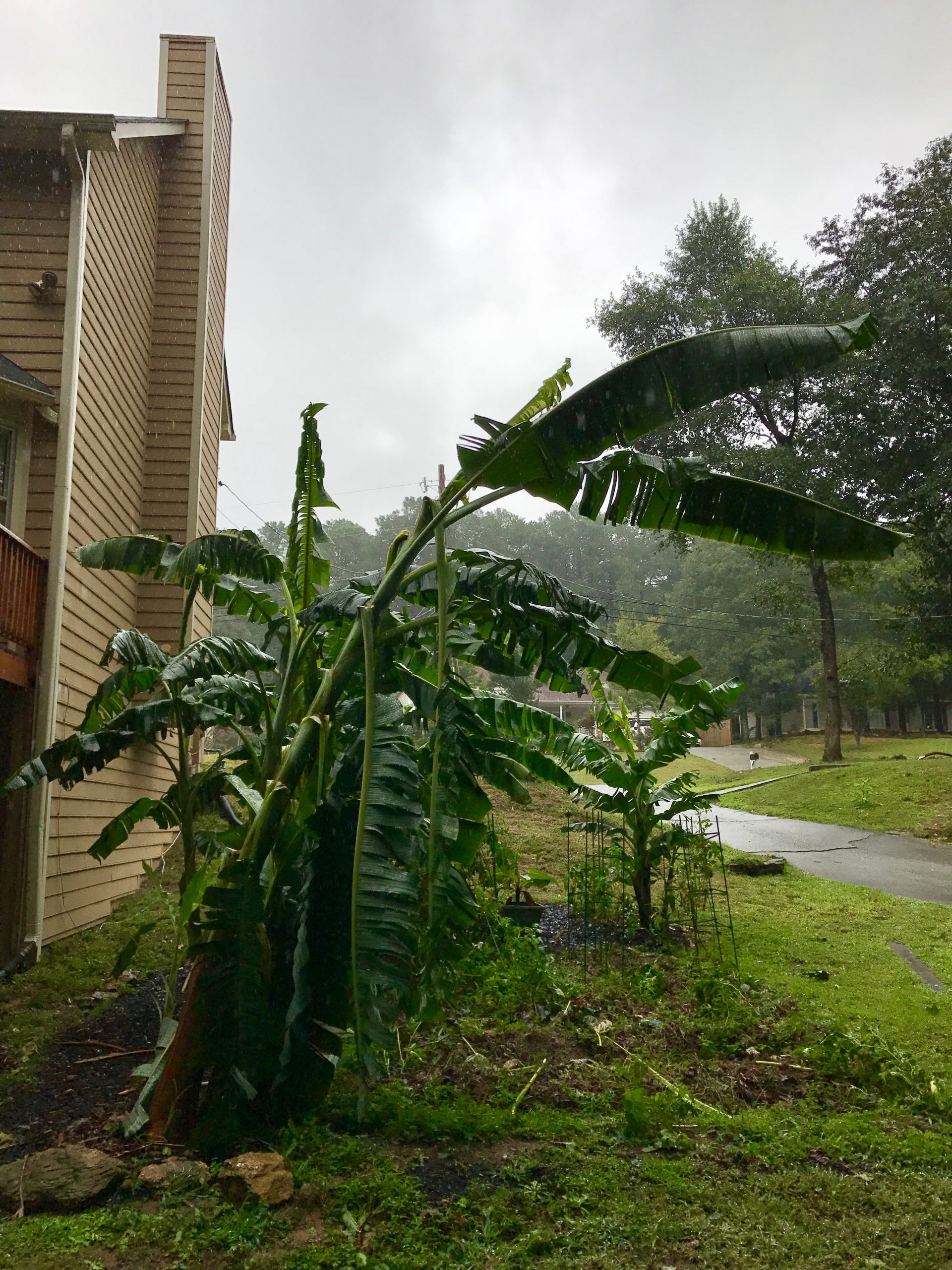
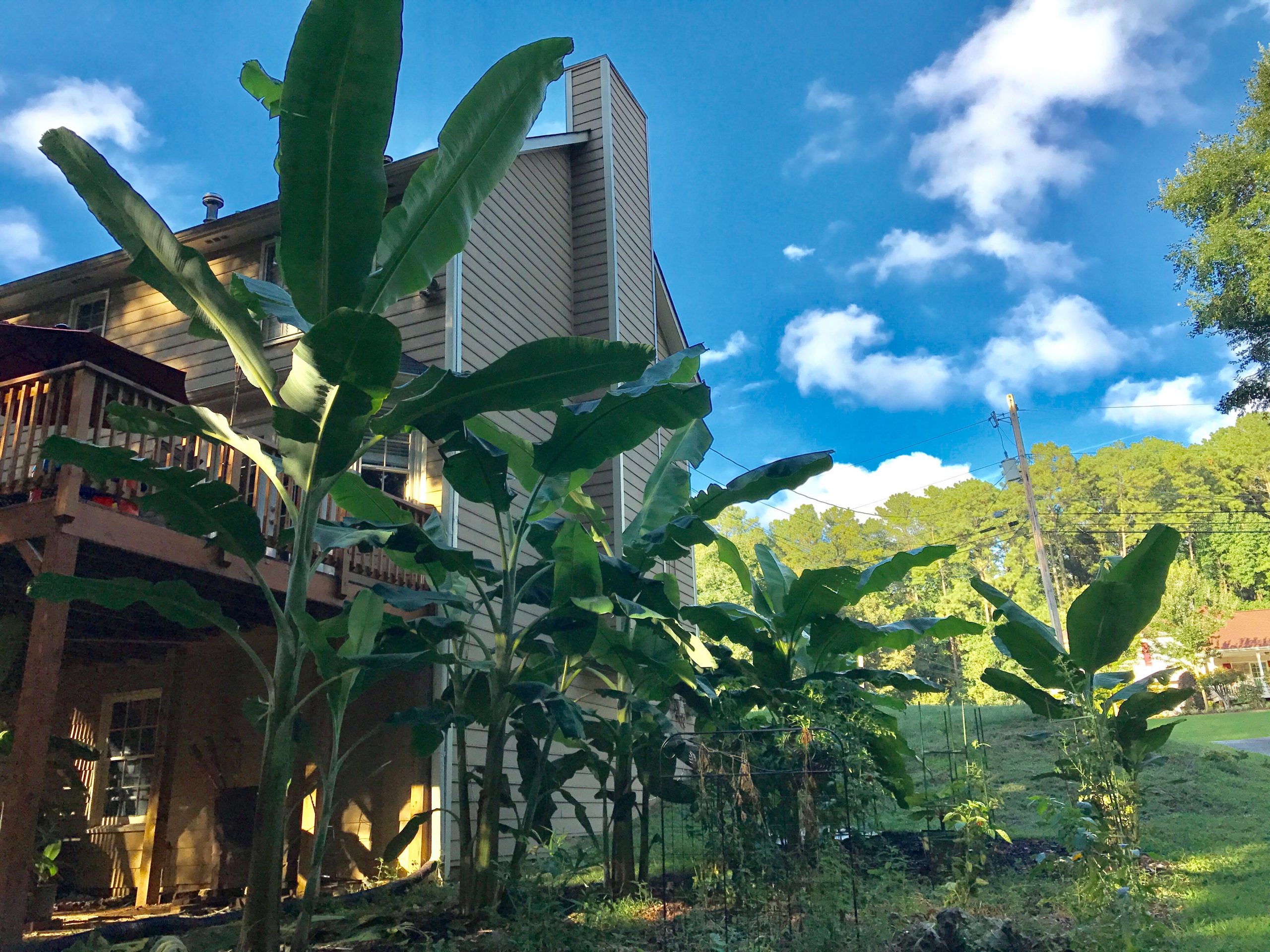
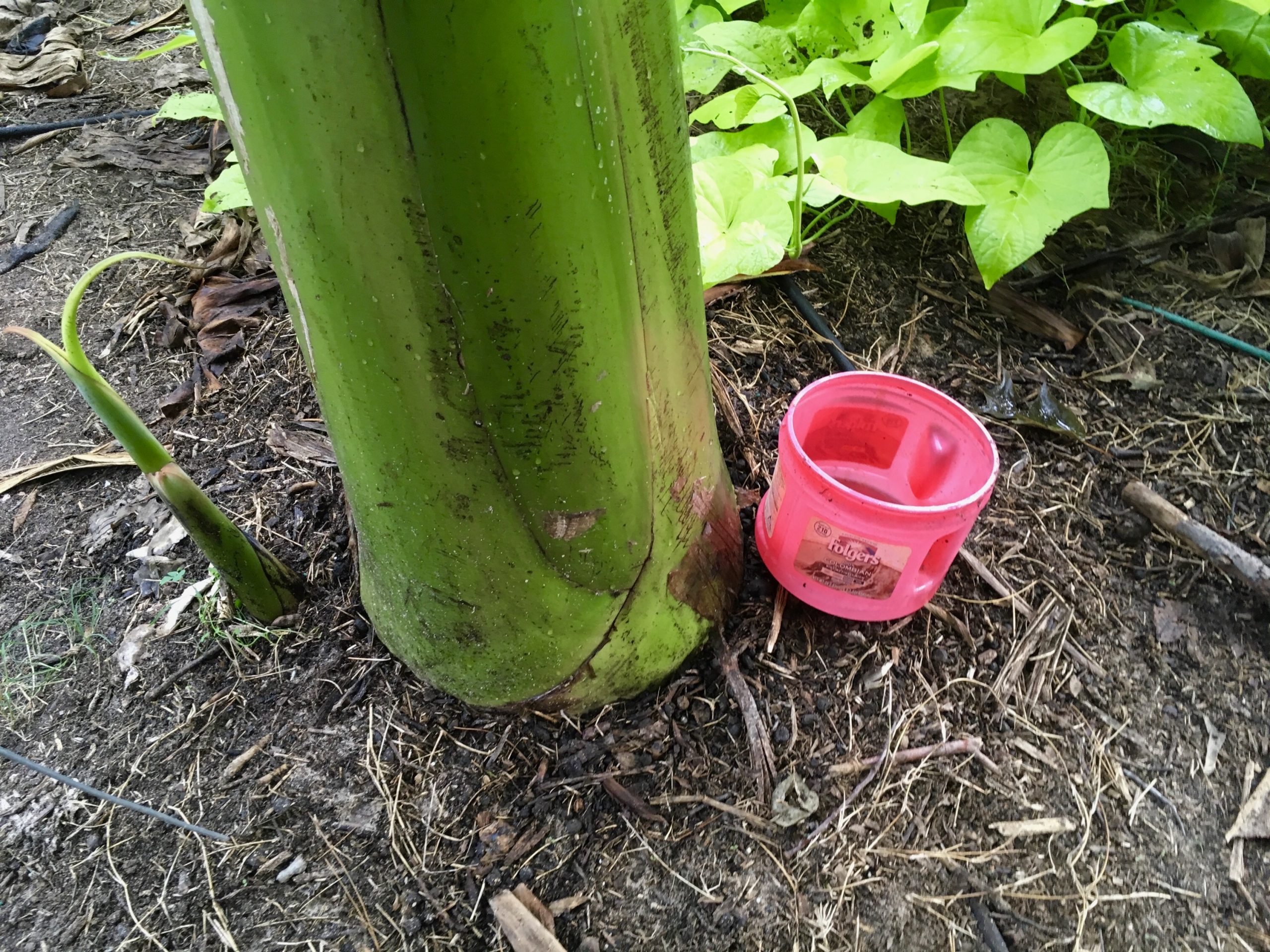
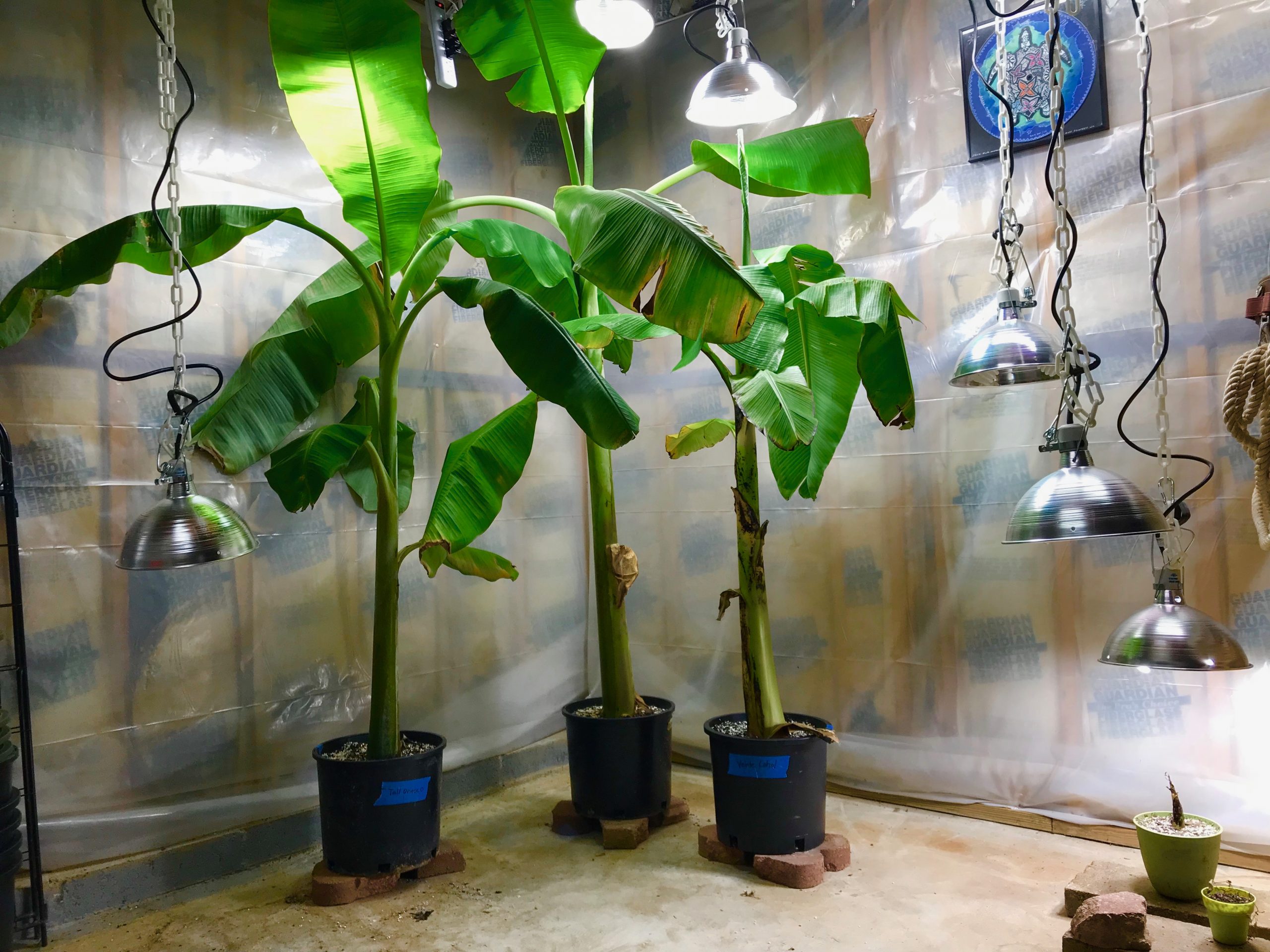
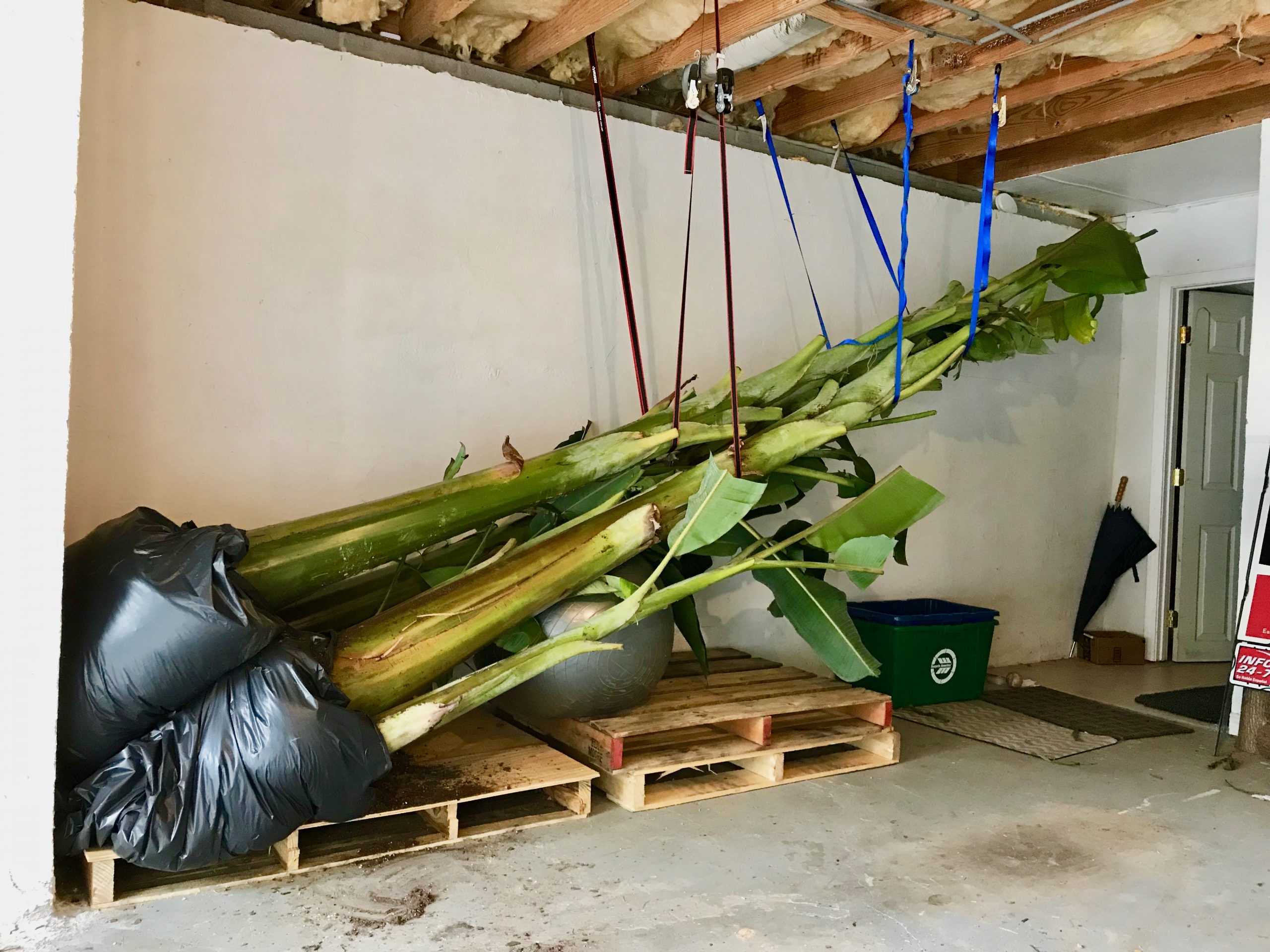
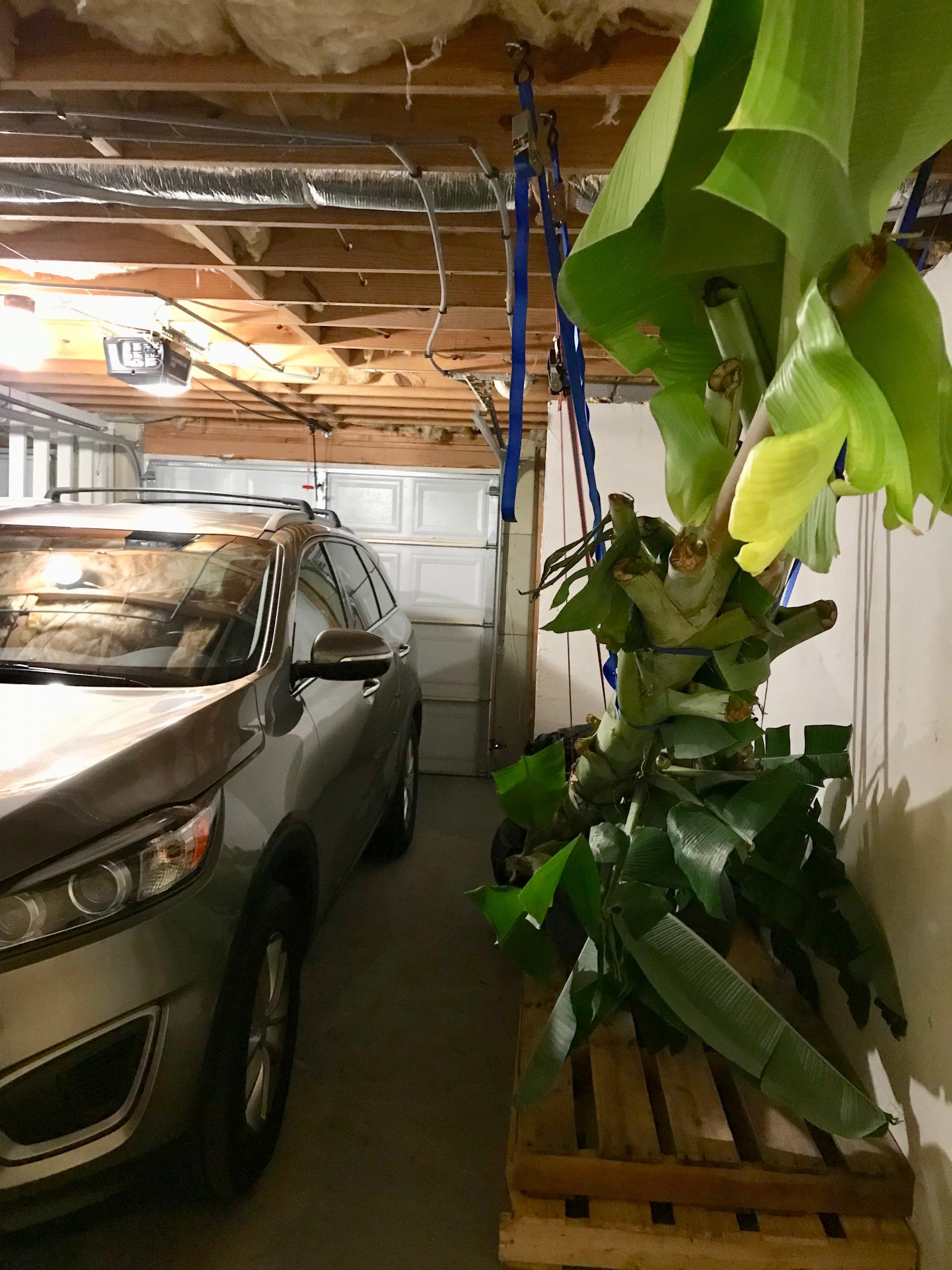
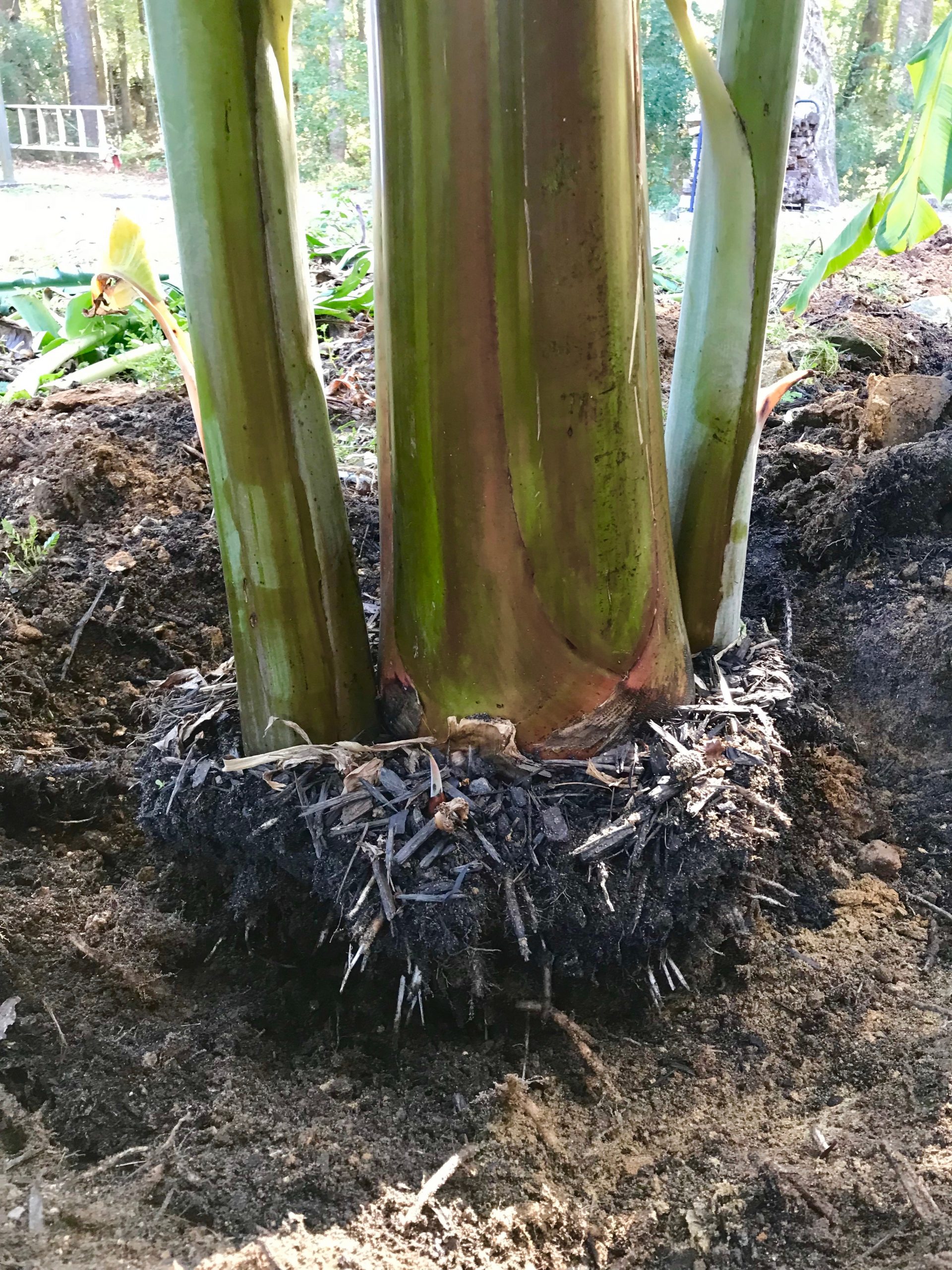
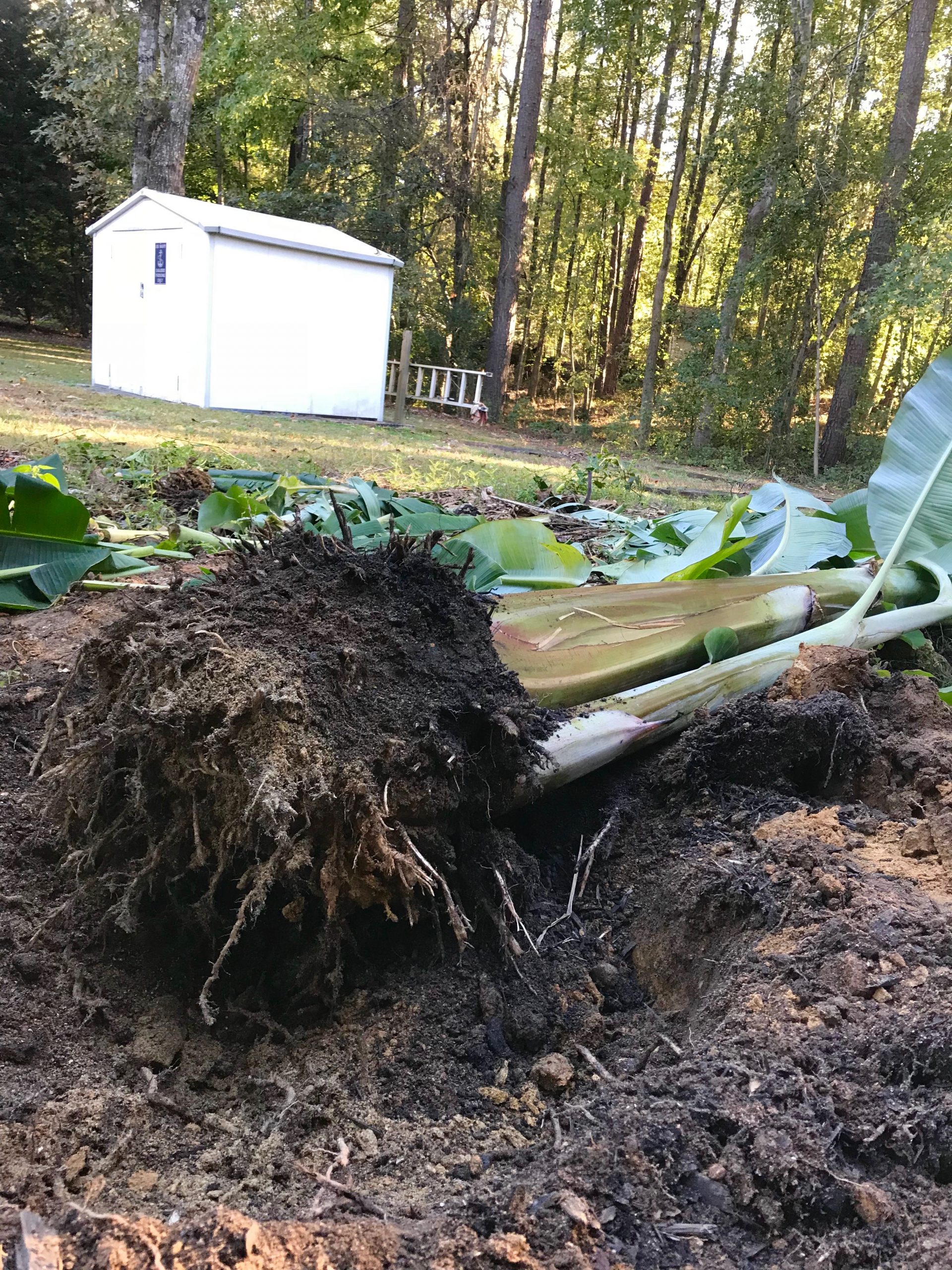
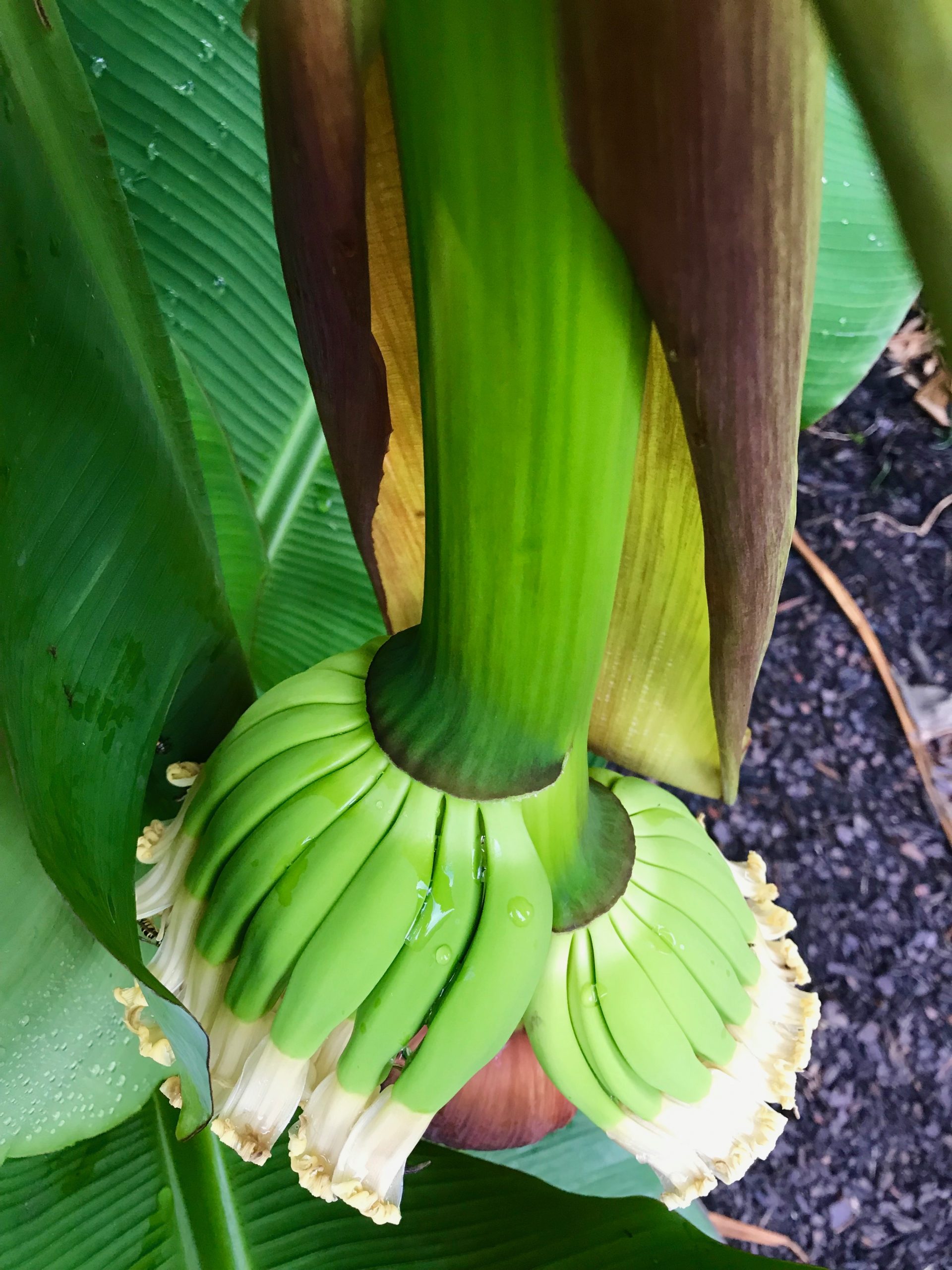
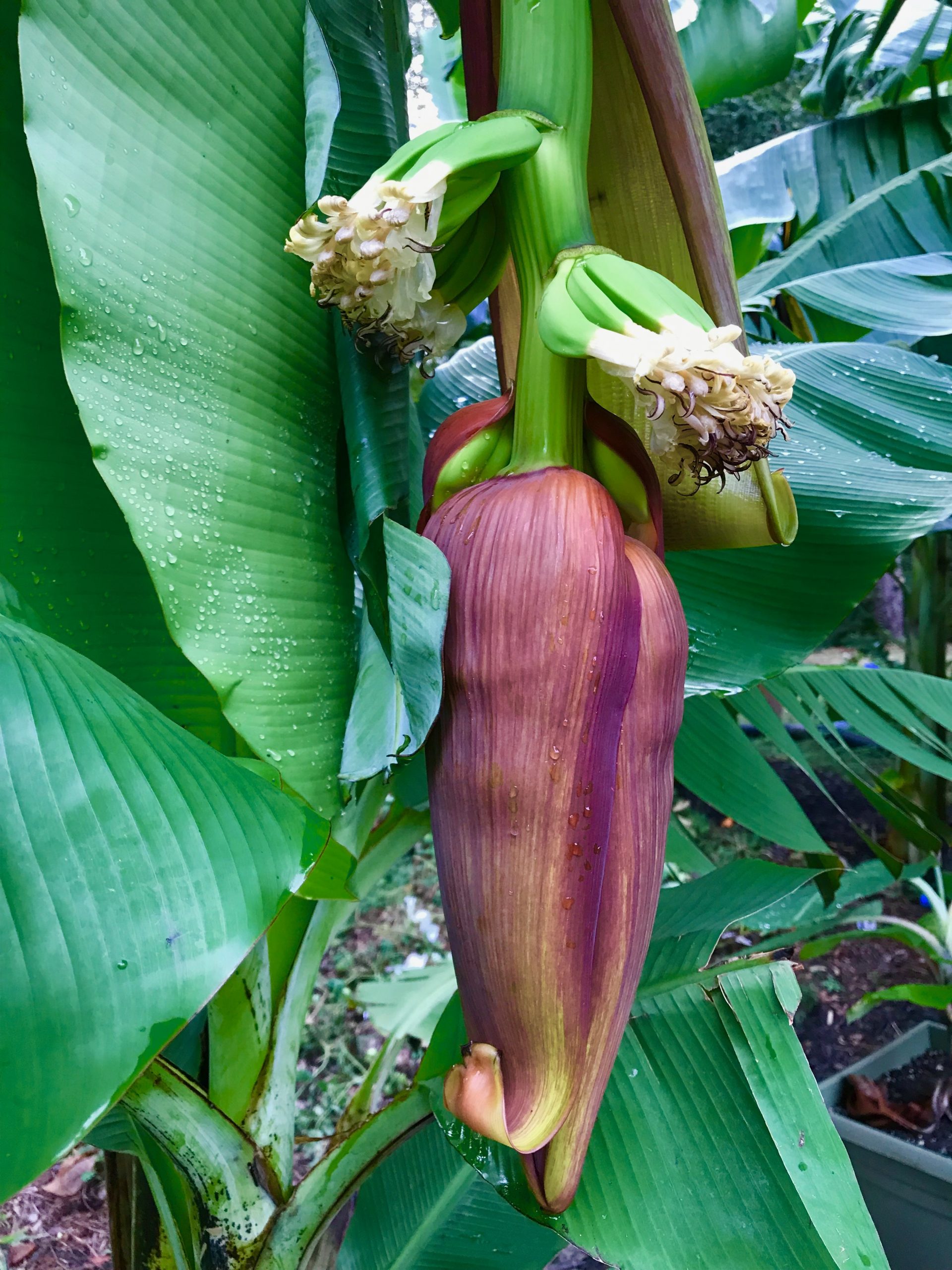
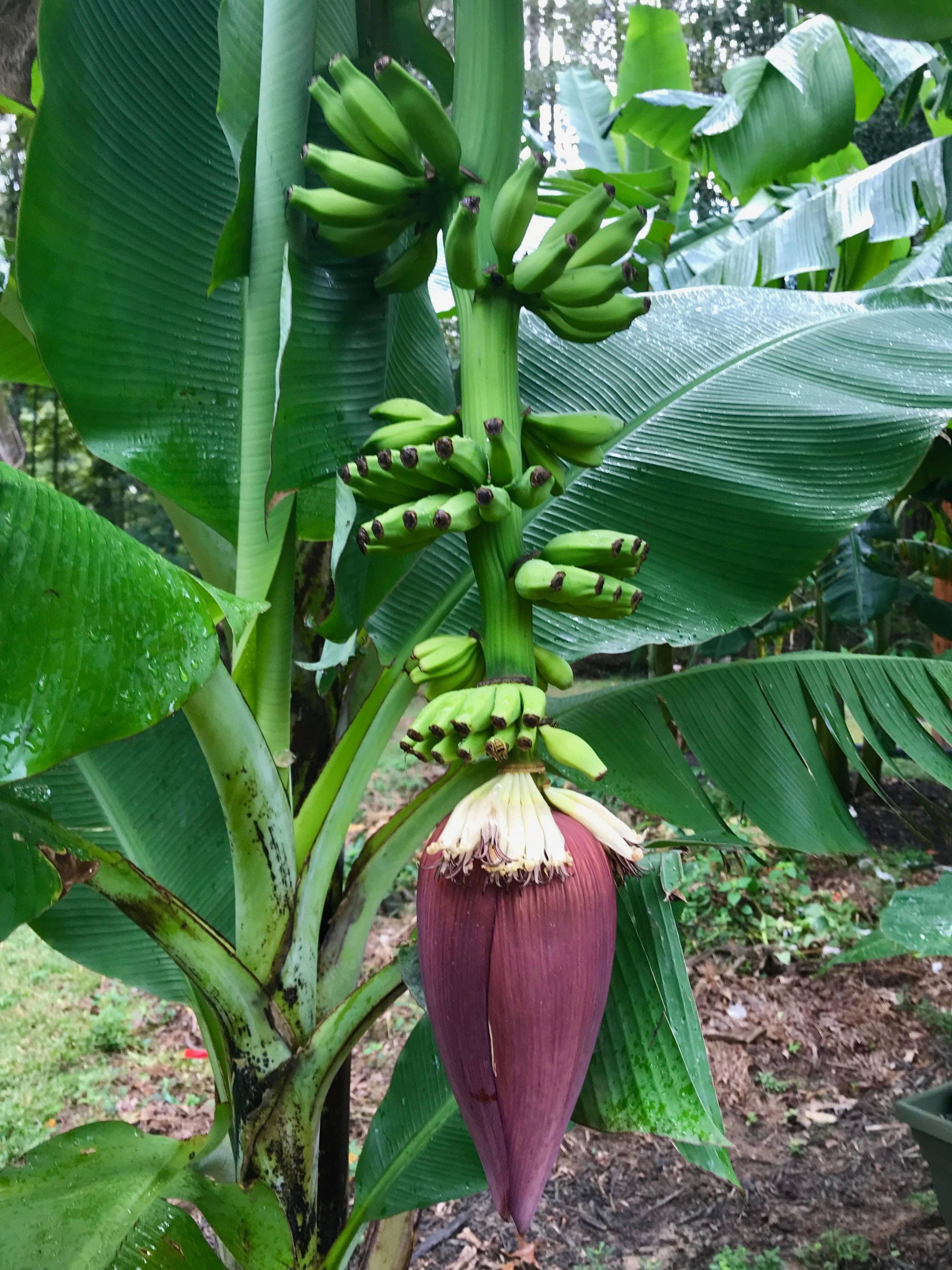
Veinte Cohol




